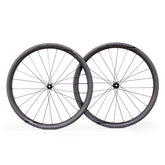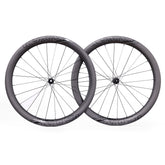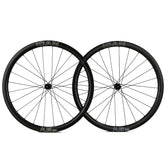Everything You Need to Know About Bicycle Bearings
Without the humble bearing, your bike might not go anywhere, or at least anywhere fast. Bearings are an integral part of your bike, and you probably don’t even spare a thought for them. There are various styles of bearing found on bikes, can you name them?
The different styles of bearings
Loose ball bearings
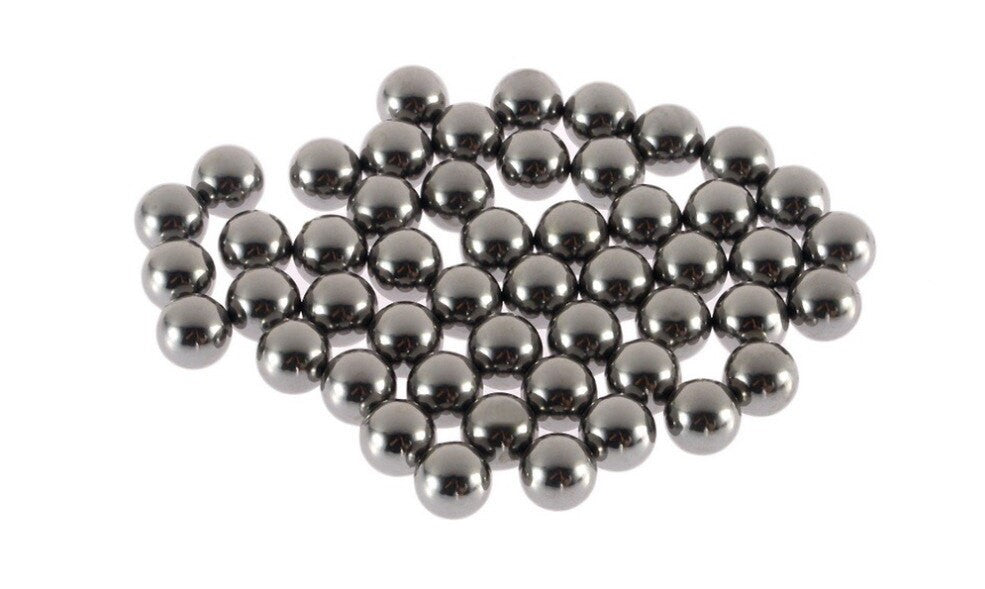
Loose ball bearings are the classic bearing, the type you think of when you think about bearings. They are also the original style of bearing, and for many people, they may be the best. They can offer some of the best performance advantages, but if you stop them, which can be a nightmare.
To make you less likely to drop or lose bearings, you can also get loose bearing in a retainer. Once in the retainer, they do lose some of their performance.
These are the bearings that you’ll find in cup and cone products.
Needle/roller bearings

Needle bearings are becoming less common as time goes on. Partly because these cylinder shaped bearings are expensive. They provide great performance and provide a stable platform, and the issue is that it costs a lot of money to design an interface for them.
If the interface is not perfect, you’ll not get the quality and life expectancy you would expect from needle bearings.
Cartridge/sealed bearings
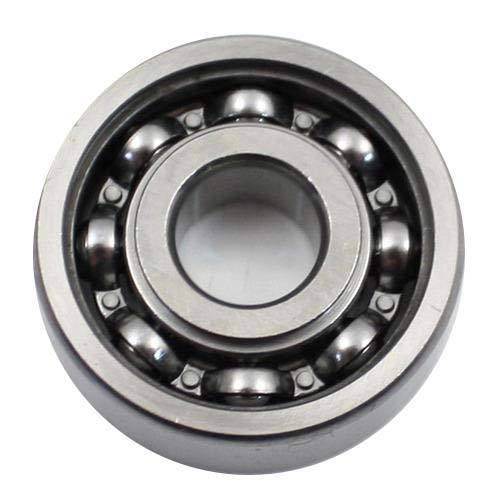
Sealed bearings are now the chosen style for many bike parts. They fit easily, in well-designed interfaces, and they are easy to service and replace as needed. They have simplified the process of keeping your bike in peak performance, and we’re starting to find them at price points.
Bearing sizing
If you need new bearings, you’ll need to know how to size your bearings, and it would also be great if you knew what the sizing meant.
If you need new loose ball bearings, you’ll need to know the ball diameter. You might need to get an imperial set of verniers to measure the old ones. There are a few common sizes. Headsets and pedals tend to be 5/32”. Front hubs tend to be 3/16”. Rear hubs and bottom brackets tend to be 1/4”.
For cartridge (sealed) bearings you’ll need to know 3 measurements. You can quite often find these printed on the bearing somewhere. Otherwise, you’ll need the verniers again. You need to know the outside diameter, inside diameter (bore), and the width.
For instance, 30x42x7mm, which should fit SRAM/Truvative cranks in a BB30 bottom bracket. You might also see the number 6806 2RS on that bearing, and that will also guide you to the correct size. You may find other similar numbers, a quick Google and you should have the size.
What about my headset?
Headset bearings are where it gets tricky. The reason being is that you’ll need a bearing with an angled edge. So you might see “46.9 x 7 x 45°”, the final number is an angle. The 46.9 is the outside diameter; the 7 is the thickness/width, and the 45° is the angle that bearing sits in your frame.
What do angular and radial mean?
Talking about headsets leads us onto what does angular, and radial mean? They are the 2 most common styles that you’ll find in cartridge bearings. Radial is the more common of the 2, for the bike trade.
The main reason is that they’re cheaper, the other reason is that a lot of bike parts radially carry their load. We mean by that, the load is acting perpendicular to the longitudinal axis. In other words, the load is at right angles to the shaft. Think of your bottom bracket bearings and your crank’s spindle.
You then have the fact that sometimes you might also put sideways motion to these bearings. To compensate for that, they are made to slightly lower tolerance. If they were made to a higher tolerance, they would fail when you’re out riding.
Angular bearings
Angular bearings are made to higher tolerances, and this makes them more expensive. They take their loads from all directions, and this makes them similar to cup and cone bearing systems. The precise tolerance they are made to gives them a similar performance to loose bearings.
Getting sealed
When we said earlier that you probably didn’t think about your bearings, you probably think even less about the seals on your bearings. The problem is though if your seals are badly designed, then your bearings won’t be lasting long.
Your seals need to protect your bearings, be easy to remove for service, and most important of all not cause a lot of friction. You will always get a bit of friction, that means the seal is doing its job and keeping the dirt out and the grease in.
A quick note about angular contact seals: the red seal faces outward, and the black seal faces the centreline.
How do I keep my bearings maintained?
If you want to keep your bike’s performance up, you’ll have to service your bearings at some point. You’ll need some of the right tools for your workshop to make this job as quick and as simple as possible.
You’ll need tools for both removing and installing your bearings, as well as that you’ll need a small flat-bladed pick. Your bearings are important, and these tools will make sure you remove the bearing without damage and then align back in its interface correctly.
You’ll use the thin pick to peel the seal off, work your way around the outside of the seal and slowly lift it off, being careful not to damage it. You can then wash the old grease out with a degreaser and then dry your bearings. Certain citrus degreasers can leave a residue on your bearings which will slow them down, so be careful.
You’ll then want to grease them before putting the seal back on. There is a multitude of grease choices out there now. You’ll want to pick the best one for the job. On your race bike, where every watt counts, you’ll want to use the expensive frictionless lubes. On your winter bike, or a workhorse bike you might want to put a marine style grease in to further protect your bike from corrosion. It depends on your priorities and how you ride.



